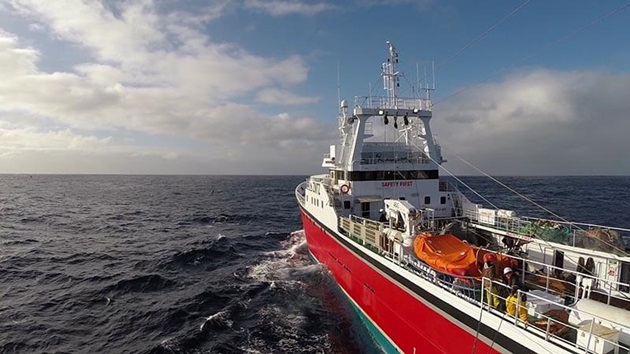Find out more about orange roughy, a long-living, deep sea-dwelling fish in New Zealand and Australia. Find out which orange roughy is sustainable and where to buy sustainable orange roughy.
What is orange roughy?
Orange roughy (Hoplostethus atlanticus), also known as deep sea perch, is a bright reddish orange fish with a round and slender shape. This fish has a firm flesh with a mild flavour. It is sold skinned and filleted, fresh or frozen.
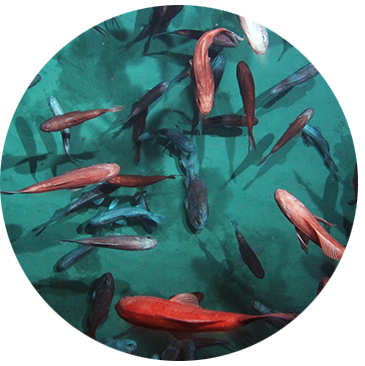
Orange roughy facts
- Orange roughy is a slow-growing, long-lived fish belonging to the Trachichthyidae family (roughies)
- They swim at depths of 800m to 1,600m
- It is estimated that New Zealand’s waters are home to 156 million adult orange roughy
Is orange roughy sustainable?
There is no such thing as a sustainable species of fish. Only sustainable populations of fish. The New Zealand orange roughy fishery was the first in the world to be MSC certified in 2016, and then again in 2022.
Where can I buy sustainable orange roughy?
There are currently no orange roughy products in Australia and New Zealand with the MSC blue fish tick label, meaning you cannot be sure if the orange roughy you're buying is from a sustainable source.
Find out more about where to buy sustainable seafood.
Learn more about orange roughy fishing in New Zealand
The New Zealand orange roughy fishery was the first in the world to be MSC-certified sustainable in 2016.
New Zealand has the largest orange roughy fisheries in the world, representing around 80% of the global catch.
The fishery made significant improvements to rebuild these once-overfished species to stock levels that meet MSC’s high bar for sustainability.
In partnership with the Ministry for Primary Industries, the New Zealand fishing industry has invested heavily in rebuilding orange roughy stocks through catch reductions, including setting this at times to zero, and a harvest strategy based on a comprehensive research plan.
Orange roughy is slow-growing, so fisheries managers must take this into account when making decisions on stock levels. The New Zealand Quota Management System, established in 1986, has allowed for this including closing fisheries at times to rebuild stocks faster.
Individuals can grow to 75cm, although the usual catch size is between 35 and 45cm. The fish are caught with bottom trawls, generally between 800 to 1,200m.
Bottom trawls are used in the fisheries. Annually less than 0.03% of New Zealand’s Exclusive Economic Zone is trawled for orange roughy. Fishers return to the same tows each year.
In December 2023, Deepwater Council has agreed to a 40% reduction in catch and to self-suspend part of their MSC certificate.
From overfished to outstanding:
Explore more sustainable fish to eat
Find more sustainable seafood species that are MSC certified in Australia and New Zealand.
Explore the sustainable seafood guide.
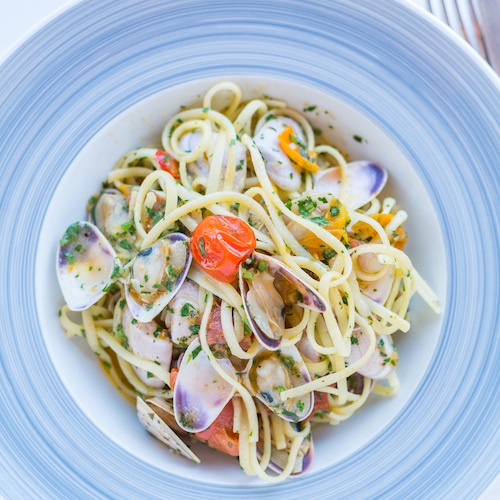
Sustainable seafood recipes
Chefs and seafood lovers from around the world share quick and tasty ways of cooking MSC certified seafood.
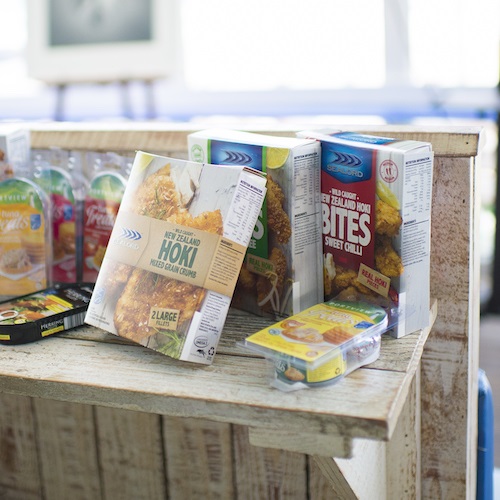
10 reasons to choose the blue fish tick
Choose seafood which helps to protect oceans, livelihoods and fish for the future.
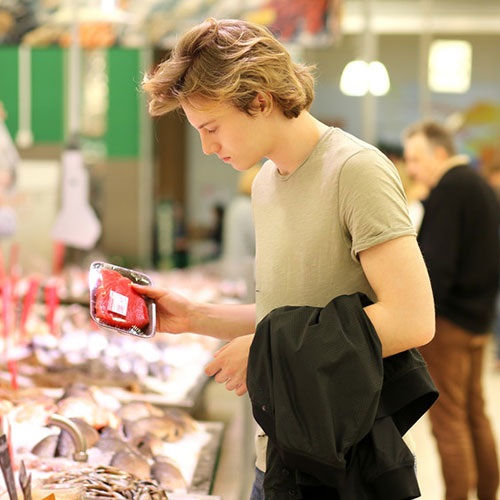
Buy sustainable seafood
Where to find the blue fish tick at supermarkets, fish shops and restaurants.

